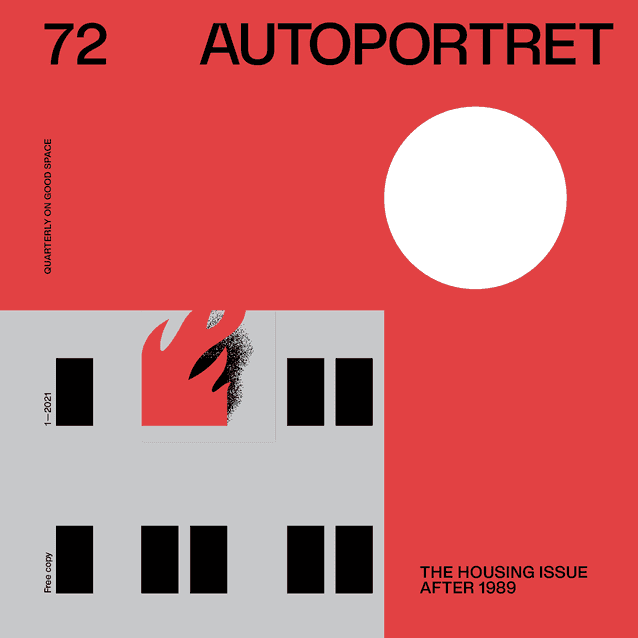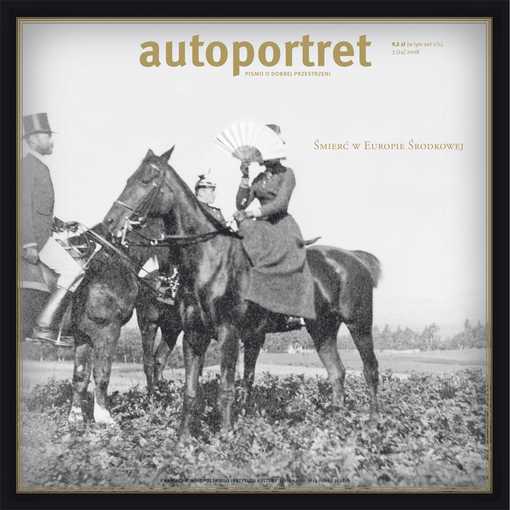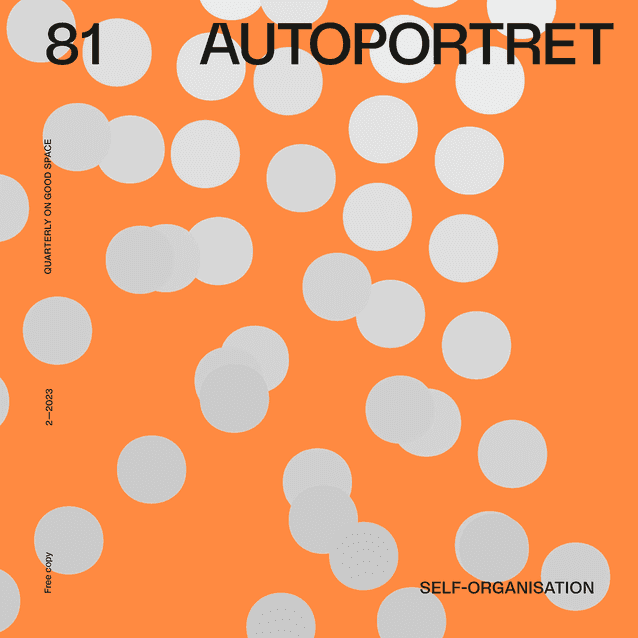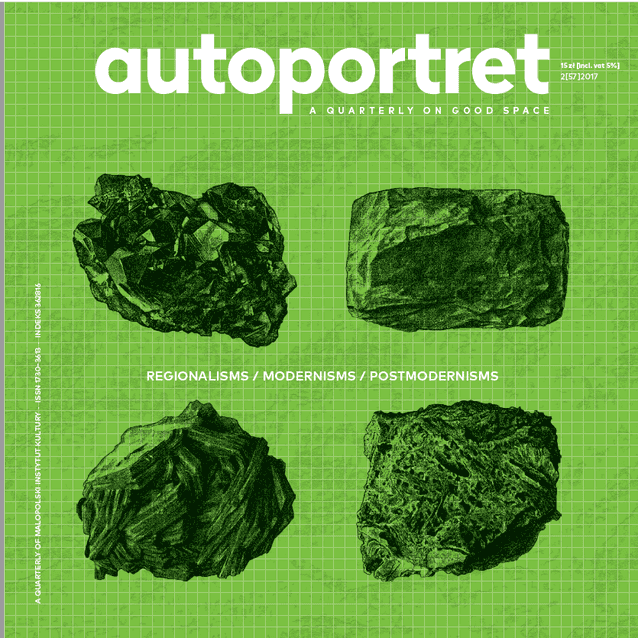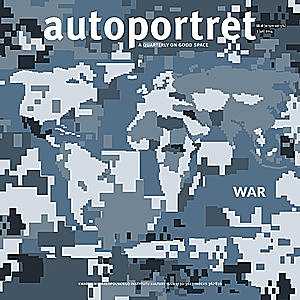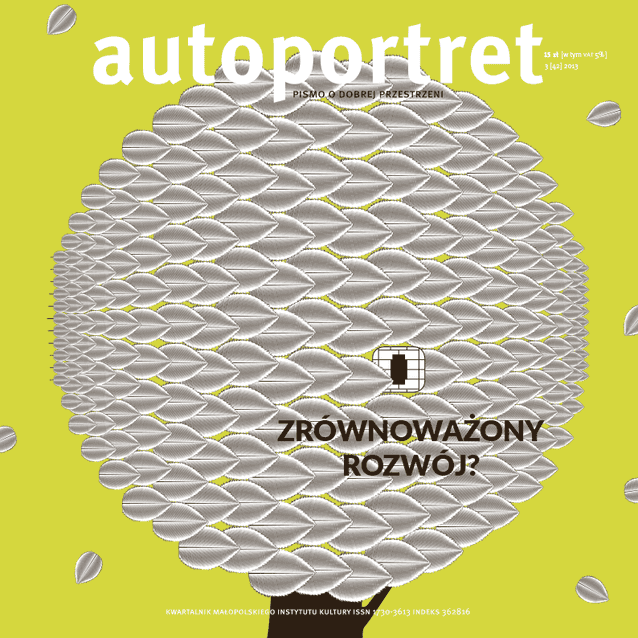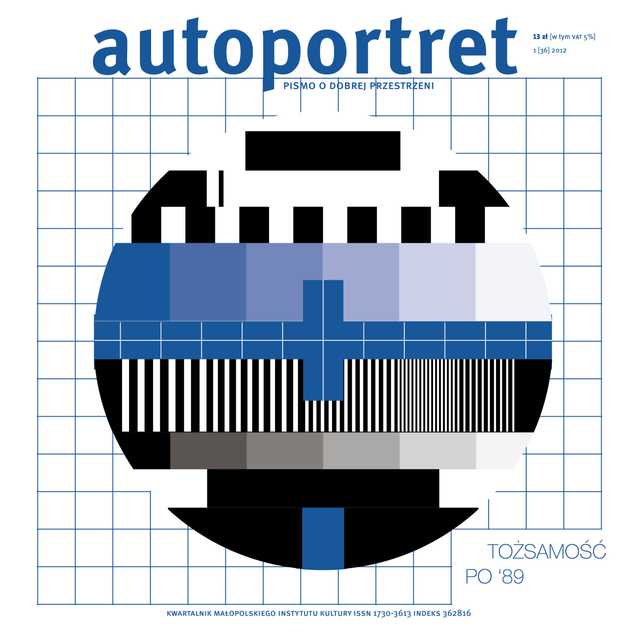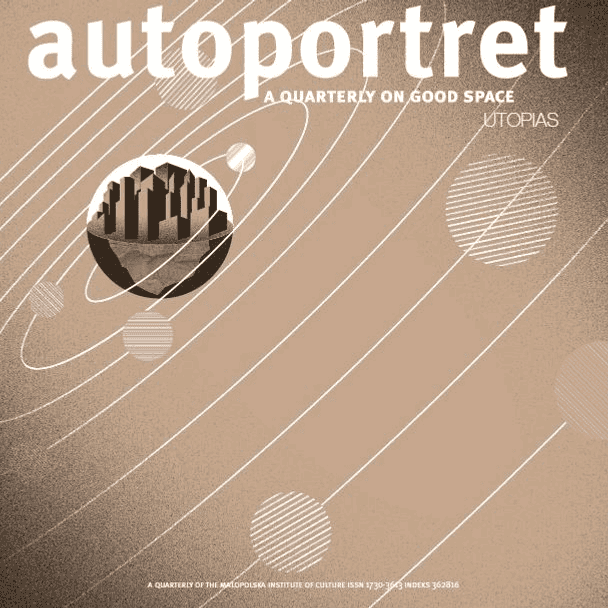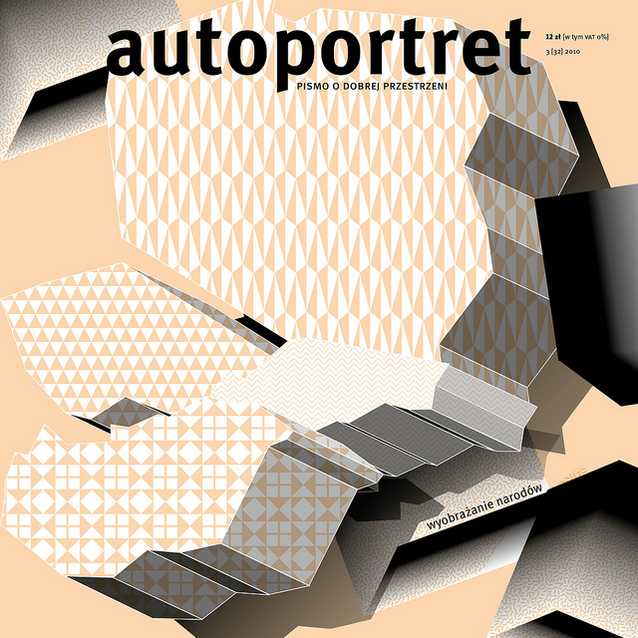Death has not always been bad. Human culture has had enough time to manage its fundamental task: make us live in defiance of being aware of our mortality. The European way has turned out to be quite successful; a Christian’s death is not only tragic but also joyful as it offers the Easter transition to eternal life with God. At the beginning of the year 51 A.D. Apostle Paul wrote to the Thessalonians, ‘Brothers, we do not want you to be ignorant about those who fall asleep, or to grieve like the rest of men, who have no hope. We believe that Jesus died and rose again and so we believe that God will bring with Jesus those who have fallen asleep in him. According to the Lord’s own word, we tell you that we who are still alive, who are left till the coming of the Lord, will certainly not precede those who have fallen asleep. For the Lord himself will come down from heaven, with a loud command, with the voice of the archangel and with the trumpet call of God, and the dead in Christ will rise again. After that, we who are still alive and are left will be caught up together with them in the clouds to meet the Lord in the air. And so we will be with the Lord forever. Therefore encourage each other with these words’(1 Thes 4, 13-18)1.
Easter hope underlies the custom of paying respect to the body of the dead person which is anointed by the Holy Spirit, and behind the attitude to funeral rites, graves and necropolis. The custom of burying the dead in church and in adjoining graveyards in central parts of towns and villages supplied another reason to hope: whoever passed though the closed garden of the dead on the way to a service could realise, among his predecessors’ graves, that death would not exclude him from the community in which he lived his life. Some cultures consistently separate the living from the dead. Conversely, the European Christian culture has aimed to integrate them ever since the time of the first basilicas.
Monuments in human memory
From pre-Christian times, since the first ancient tomb steles and graveyard vases, the grave has been a peculiar monument. Its theme is not only death but eternal life in human memory. The tomb has for centuries been a means of communication between the dead and the living, and between the living and the living. Ancient steles were placed on roadsides; similarly, tombs drew attention to themselves in Central Europe in the Middle Ages and early modernity. In our cultural space the very existence of a tomb connoted selection: the noble born, wealthy and important, could expect a tombstone, while the corporal remains of all the others were taken care of first by earth in the anonymity of an unmarked grave, and then the bones were transferred to a morgue, where they merged into an anonymous mass. It was only in the 16th century that tombs started to appear on graves located outside churches and funeral chapels. Stone tombs became more common in the Baroque times, when the right to inherit a gravesite was gradually reinforced. This refers only to Christian graveyards as Jewish funeral steles have had a much longer tradition. Tomb steles as a type of tomb dominant in the Ashkenazy area bore testimony to the life and death of the dead within the house of Israel. In the area of present day Czech Republic the oldest known tomb dates back to 1256, and is located in the town of Znojmo. Some 14th century tombs have also been preserved in situ in Kolín and the old Jewish cemetery in Prague.
Requirement for separation
When in the 18th century the custom of burying the dead within town limits was finally considered problematic for hygienic reasons, one of the most dramatic changes in European culture took place. Integration was replaced with the requirement for separation, respect – with fear and disgust, and the dead body turned into dangerous waste which should be removed as fast as possible and in the most hygienic way. On the main municipal cemeteries located outside towns (for example, Zentralfriedhof in Vienna) secularisation progressed also in other respects: in the initial stage the funeral rites were separated from the funeral itself in space and time, and the contact of the living with the dead became limited. Religious tolerance opened cemeteries to infidels, and in time unified customs of different denominations. It was not by accident that new cemeteries were located at the sites of former graveyards dating back to the times of the great plague. The process started by French doctors and judges reached the Habsburg Empire relatively early. In his patent of 23rd August 1784, Emperor Joseph II had all vaults and cemeteries within town and village limits closed so all new burials could only take place beyond them.
The memory of the original graveyards soon faded in the hectic life of the 19th century towns. Towns often used the space of the closed cemeteries to set up squares and parks. Two aspects, however, survived – a cemetery was also a public space in town. The mediaeval term ‘the garden of the dead’ is misleading as it evokes the image of a quiet place held in reverence, whereas the church and its environs was the centre of public life of the town community so that whatever happened in church and in front of it also happened on the graveyard. During great fairs the hustle and bustle reached here, too; on ordinary weekdays the cemetery was a meeting place where business was transacted and members of both sexes got together. In the mediaeval town, the school was also usually situated on the graveyard. The cemetery did not belong solely to the sacred space as the balance between the sacred and the lay was conspicuous here on many levels. The purely lay space started beyond the cemetery walls, and when the wall collapsed, the massive flow of the profane washed against the church walls and forbade the tombs set inside to talk of the dead interred underneath. The needs of the sacred cannot be effaced, however, because it is too deeply rooted in the very nature of our humanity, not only as an element of the millennium-old continuity of our culture but also as an anthropological constant. Hence in the new squares and parks created on the site of former graveyards, there re-appear objects of reverence – monuments.
National mythology
A monument is an exceptionally important medium to a nation which is becoming conscious of itself, which is reconstructing and constructing its history, and creating a new national mythology. It determines, often in a definite way, the role ascribed to historical figures, the schemes or flat clichés to which they are reduced, and ultimately, even their appearance. In the city from where the sacred has been removed, monuments recreate new sacral centres. Ceremonies of laying the foundation stone, unveiling a monument and annual laying of a wreath are the kind of rituals which satisfy the need for the sacred in the secularised world. The very nature of monuments, their ability to survive in time and to touch upon eternity, together with their visual message, predestines them to the role of an expressive gesture, a manifestation. In the case of the Czech nation, the choice of the linguistic way of raising the nation’s self-awareness logically connoted a negative separation of Czechs from Germans. Monuments were erected not only for someone but also against someone.
Similarly, dying, death and burial received a new kind of sacredness, separate from the rest of European Christian culture with which they had been traditionally integrated. The theme of heroic death for a superindividual idea, especially for one’s nation and home country, had been developed since the French Revolution, and it was and still is being discovered in the past and present. The Czech society rediscovered this principle during the 1848 revolution not only because people were dying on barricades. As a new religion, nationalism needed its martyrdom. One of the 19th century most popular legends, sanctified later by literary and screen adaptations, tells the story of Božena Němcová laying a crown of thorns on the coffin of Karl Havlíček Borovski. In the times of neoabsolutism each funeral of a distinguished patriot became a national demonstration. The then meaning of the death and funeral of a national martyr is masterly rendered in the poem by Josef František Smetana, which paraphrases the lyrics of the song Kde domov můj, the Czech national anthem, in a reaction to its creator’s, Josef Kajetán Tyl’s death:
Where is your land?
Finished your way is,
The tragedy of life fulfilled,
Our beloved bard!
On laurel you rest,
In the peaceful bosom of your faithful mother,
The holy earth is your land.
Similarly, in a reaction to the fates of the three above mentioned national martyrs who finished their lives in poverty and whose health had been damaged by persecution, the Svatobor Association was founded in order to ‘support Czech writers with financial means and to celebrate their memory’. Its founder, historian and politician František Palacký gave the association the motto, ‘Help – Enlighten – Remember’. The latter part of the motto referred to Svatobor’s care for the memory of the dead writers. Svatobor initiated and financed the building of important monuments and ensured that funerals were solemn and tombstones were laid. The association soon put forward the idea of a national tomb, a Pantheon, which was to be constructed in one of the memorable sites of Czech history in the environs of Prague. The suggested places included those connected with the Přemyslid dynasty and the beginnings of the Czech state: Levý Hradec and Budeč, and the experimental idea of the owner of the Liběchov estate, Antonín Veith, who had tried to build a ‘temple of Slav glory’ called Slavín in Tupadla in the ‘40s. Yet the limited financial means of the association enabled it only to implement the design by Ignác Ullmann, who invented a new ‘Slav’ form of a tomb memorial while designing the tomb of Václav Hanka on the Vysehrad cemetery. I described the role of Vysehrad as a panoramic, and initially also real, competition for the Prague Castle in one of my previous articles [cf. ‘autoportret’ no.22 – spaces of power]. Its location relative to the city is ambiguous: it is an integral and indivisible part of the image of Prague but at the same time it is removed from its life. A romantic construct of national history turned Vysehrad, dominated by the Baroque fortress, into a place fundamental for the national myth. The romantic dream came true: … founded as early as 1070, the Vysehrad Chapter, following years of peculiar service within the Baroque fortress and constantly limited in its patrimonial rights, finally started to recover its former fame. In 1871 canon Václav Štulc was appointed provost of the Vysehrad Chapter, and in the same year the Chapter elected another well-educated priest, Mikuláš Karlach, to be the new resident canon. Inspired by Polish patriotic Catholicism, both clergymen combined the service to God with the service to their home country. Their programme of the restoration of Vysehrad as the cradle of Czech history realized also the concept of the Svatobor Association.
pantheon on a hill
Vysehrad was an attractive location for Slavín not only because it was one of the sites associated with the beginnings of the Czech nation and comprised the necropolis of three generations of rulers from the Přemyslid dynasty. Situated in Liběchov, Veith’s Slavín was a direct response to the Ratisbon Wallhalla (1821-1842). The German culture created and perfected the Bergdenkmal type, from the memorial of German reunification and the French defeat at Rüdesheim to Bismarck’s forty towers erected not only in Germany (in Poland seventeen of them have been preserved out of the original forty) but also in such places as Papua-New Guinea, Tanzania, Cameroon or Chile. In the Czech Republic it is difficult to find any such monuments and actually, the only genuine Bergdenkmal in the country is the National Memorial (Národní památník) on Vitkov hill in Prague. Mausoleum Slavín in Vysehrad also refers to the German Bergdenkmal type of monuments. The Chapter Church of Ss Peter and Paul was rebuilt in the neo-Gothic style. The additional towers visibly strengthened the vertical dominance of Vysehrad, while a national necropolis started to grow at its foot.
Vysehrad has one special asset which made its location particularly advantageous: it was a burial site already in the 11th century. The most important of the three Vysehrad cemeteries also served as a cemetery for the Chapter. Situated in the fortress, sufficiently far from the city, it escaped closedown it would have otherwise faced on the strength of Joseph II’s decree. The old cemetery was given a new function within the boundaries of 1660. The beginning of the national necropolis is considered to be the grand unveiling of the statue of Václav Hanka on his patron saint’s day of 28 September 1863. Since the final 1869 resolution of the Chapter till 1908 the cemetery was gradually extended. Canon Mikuláš Karlach put forward the idea of two arcades in the neo-Gothic and neo-Renaissance styles. The design was reviewed on behalf of the Chapter and through the Christian Academy by Antonín Viktor Barvitius, one of the greatest Czech neo-Renaissance architects. Eventually, he did not choose either, but submitted his own four designs to the Chapter. He modelled them on Italian Campo Santo, using his in-depth study of the two old cemeteries in Salzburg, the central cemetery in Vienna, and Italian and south-French cemeteries, and introduced a monumental arcade of tombs onto the irregular cemetery on an uneven ground. The building works were continued by the supporter of neo-Renaissance, Antonín Wiehl. Owing to Svatobor and the growing interest in the site, the number of funerals of important personages grew, as well. Mikuláš Karlach never parted with Slavín’s original conception. He forced through the design for displaying the tomb of the Association on the highest elevation on the cemetery, on the axis of the main road, parallel to the axis of the Chapter Chapel of Ss. Peter and Paul. He was supported in this by the former mayor of Smíchov, timber wholesaler, Petr Fischer, who explained the need for a common tomb in the deed of gift in the following way, ‘It filled me with grief to see how our mighty men, scattered after having done their lifetime’s work, do not have a common shelter after death, an honourable place, from where, though dead, they could still speak as if with one mouth to all new generations […]’. Fischer’s generous donation, which amounted to thirty thousand florins, made it possible between 1889-1893 to build a mausoleum on a plot donated by the Chapter. The completed memorial was then entrusted to the Svatobor Association. The monumental tomb remains a great theme throughout the 19th century. On Vysehrad, Antonín Wiehl found an indivisible form which does not yield to the scale of monumental arcades or the smaller scale of the neighbouring graves. Seen from the axis, the area is extended by wide stairs to the upper level where the bulk of the memorial is. On the stairs under it there is an altar with a bronze crucifix by Václav Levy, which bears the inscription, ‘Whoever believes in me will never die’. The front aedicule of the memorial has three stone slabs with carved names of the first fifteen bodies buried there, while the architrave bears Slavín’s principal message, ‘Though dead, they still speak’. The site is walled on three sides with low slabs for thirty-five other names. Slavín expresses its message also though sculpture: the bulk of the memorial is crowned with the winged figure of the Genius of the Motherland on the sarcophagus, flanked with the figures of the Motherland Grieving and the Motherland Rejoicing, which are accompanied by the inscriptions, ‘Its sons’ ashes / motherland, grieving, entrusts to earth’ and ‘their works, rejoicing, / she announces to humanity forever’ respectively. The author of the monumental sculptures is Josef Mauder, while the mottoes were worded by Julius Zeyer. In 1901 the latter was the last to be laid to rest in the national pantheon. Slavin’s relatively small interior consists of a crosswise corridor with forty-four niches. Each niche is covered with a slab with the name and date of death. It was only the donation of the Slavia Bank, which was given to celebrate the tenth anniversary of the Czech Republic that made it possible for architect Josef Fanta to realize Antonín Wiehl’s original design: to complete the vault with marble slabs on the floor and walls, a mosaic on the ceiling and decorative elements. The ban on not burying non-Catholics in Slavin was soon lifted.
arithmetic of excellence
Today it is the resting place of fifty-four personages, regardless of their denomination. Among them, there are five women. Men of letters are not in the majority, even if we count six poets, three prose writers, two playwrights together with three historians and art historians, two philologists, one archaeologist and one economist – according to the 19th century definition which did not limit writing only to the belles lettres. Most names on Slavin’s slabs are artists of interpretation: seven actors, seven singers, five violinists and piano virtuosos, one orchestra conductor, one opera director. Except for one technician-inventor, the other ‘residents’ of the Czech pantheon represent visual culture: five painters, five sculptors, four architects. Yet this is not a ground to draw any conclusions about the preferences of the Svatobor Association or the specificity of Czech culture. The absence of composers in Slavin’s vault does not mean anything on a cemetery where rest Bedřich Smetana, Antonín Dvořák, Zdeněk Fibich, Otakar Ostrčil and others. Slavin’s prestige has never put in question the custom of burying the dead in their home towns or severed family ties. Obviously, the evaluation of personages belonging to the nation’s life varies with time and some names are not widely known at present. And yet never, even when Svatobor no longer had any influence on Slavin’s management, have any names been added due to favourable circumstances; the principle of choosing from the world of culture rather than politics has never been violated, either.
Slavín’s limited capacity has always been an efficient regulator. There is space only for eleven more names on the slabs and the same number of graves in the vault, only for urns. As early as 1938, Josef Fanta came up with a proposal to extend Slavín by 260 places; thwarted by the war, he tried to reinstate the plan in 1950. In the 1970s Jan Sokol elaborated a design for an urn grove. Today the dimensions of the Vysehrad cemetery are considered permanent. After the Czech Republic regained independence, custody of Slavin was entrusted again to Svatobor on the strength of a contract valid till 2096. Prague still boasts the Pantheon of nationals gods, the circle of whom can be joined after a lifetime of service to the Czech homeland.
genuine sources
Since the idea of a national necropolis emerged, the Vysehrad cemetery has gathered remains of almost 600 outstanding personages of Czech art and science, and with their tombs – a rich collection of funeral sculpture and architecture. It is that collection which makes one realize the uniqueness of the Vysehrad necropolis: it houses outstanding works of art side by side with second-rate and mediocre productions. Similarly, an official delegation meets a tourist group here, a city fan looking for the tomb of his TV idol meets a lover of art nouveau sculpture, an old woman with a watering can, who looks after her husband’s, father’s or grandfather’s grave, meets a student who timidly lays a flower on her favourite composer’s grave. Here history is not reduced simply to commemoration: while the remains of the great romantic poet Karl Hynek Mácha were being transferred from Litoměřice to Prague in May 1939, they were accompanied by the greatest anti-Nazi demonstration of the resistance movement; on 17 November 1989 there came a student march which gave rise to the events leading to the fall of the totalitarian regime. The site is visited in times of tense political situation, to celebrate anniversaries – not only out of duty, but also spontaneously, voluntarily and willingly. The whole Vysehrad is alive owing to its cemetery. It is difficult to find an abandoned, neglected grave here; around All Souls’ Day the amount of lights recalls the spirit of Christmas; also in springtime and in summer the mission of the national necropolis manifests itself in an unforced and natural way. Slavín does not depart from the spirit of Vysehrad, it does not elevate itself above the pleasant visual chaos, so elegantly tamed by Barvitius’s and Wiehl’s arcades. Pathos has not been removed yet, but it is not annoying any more. Artificial sources of national identity feed off artificial food of official events and stereotypes. The only geniune sources are the ones that have actually been experienced, like a national necropolis where we go for a Sunday walk to meet friends. On the Vysehrad cemetery the fate of the nation does not feel tragic. Even death is not bad here.
Translated from Polish by Anna Mirosławska-Olszewska
